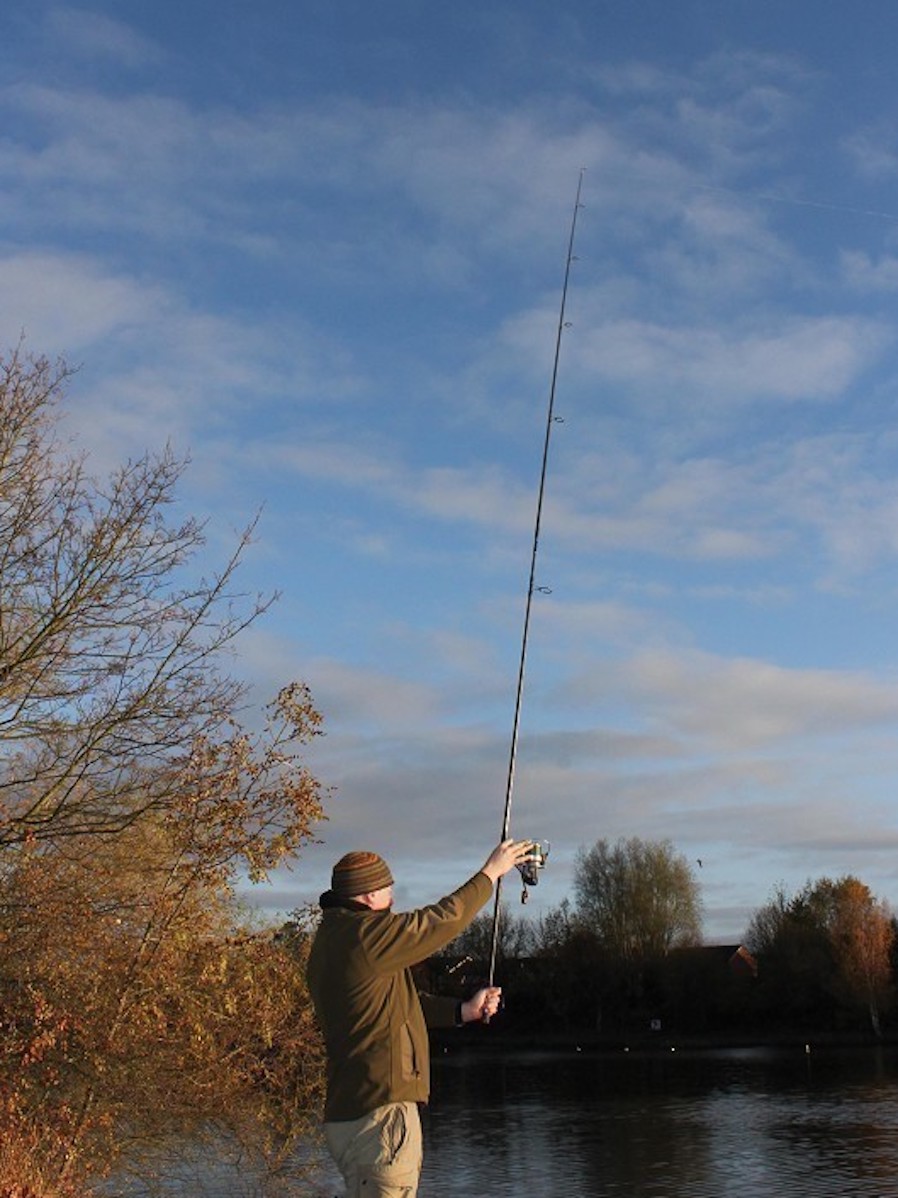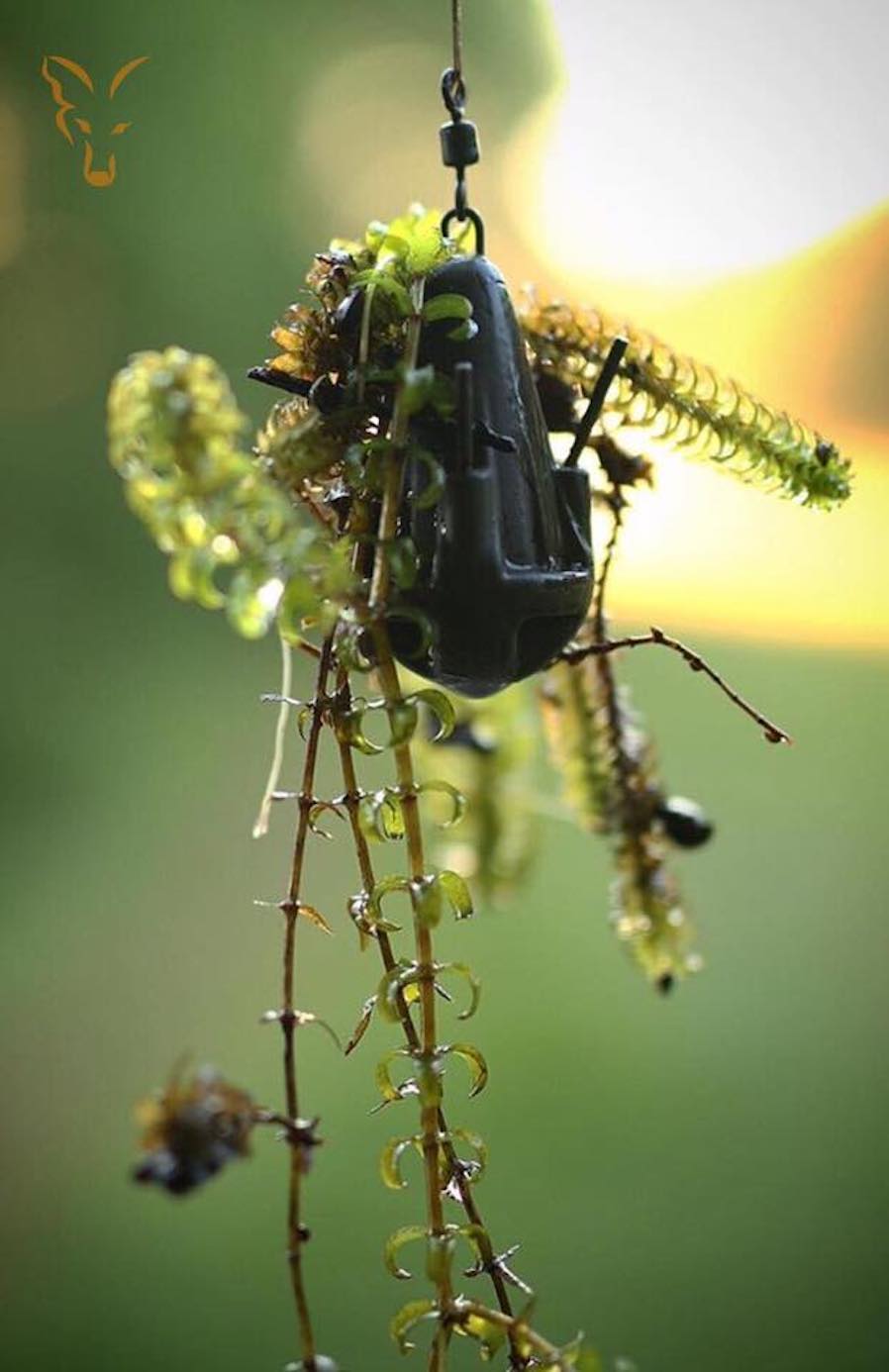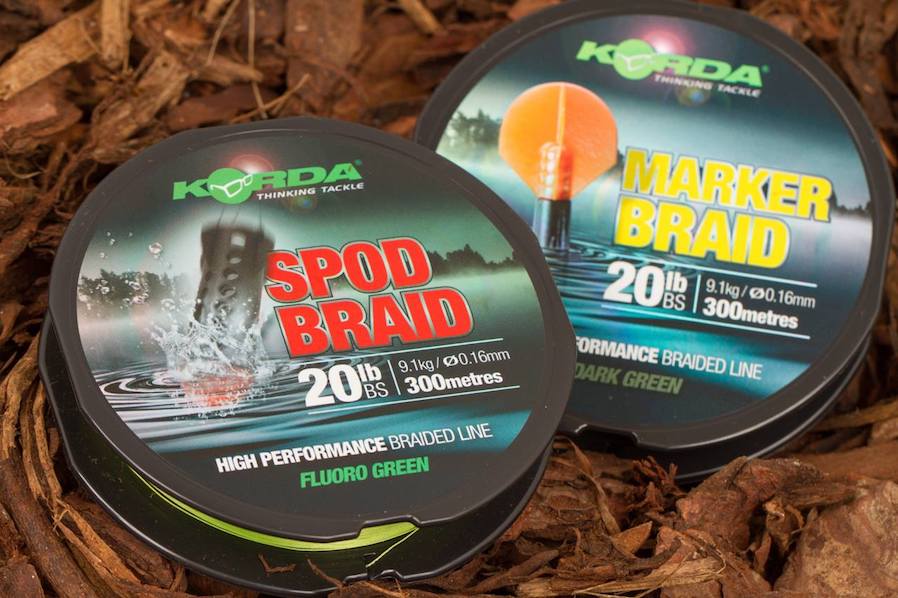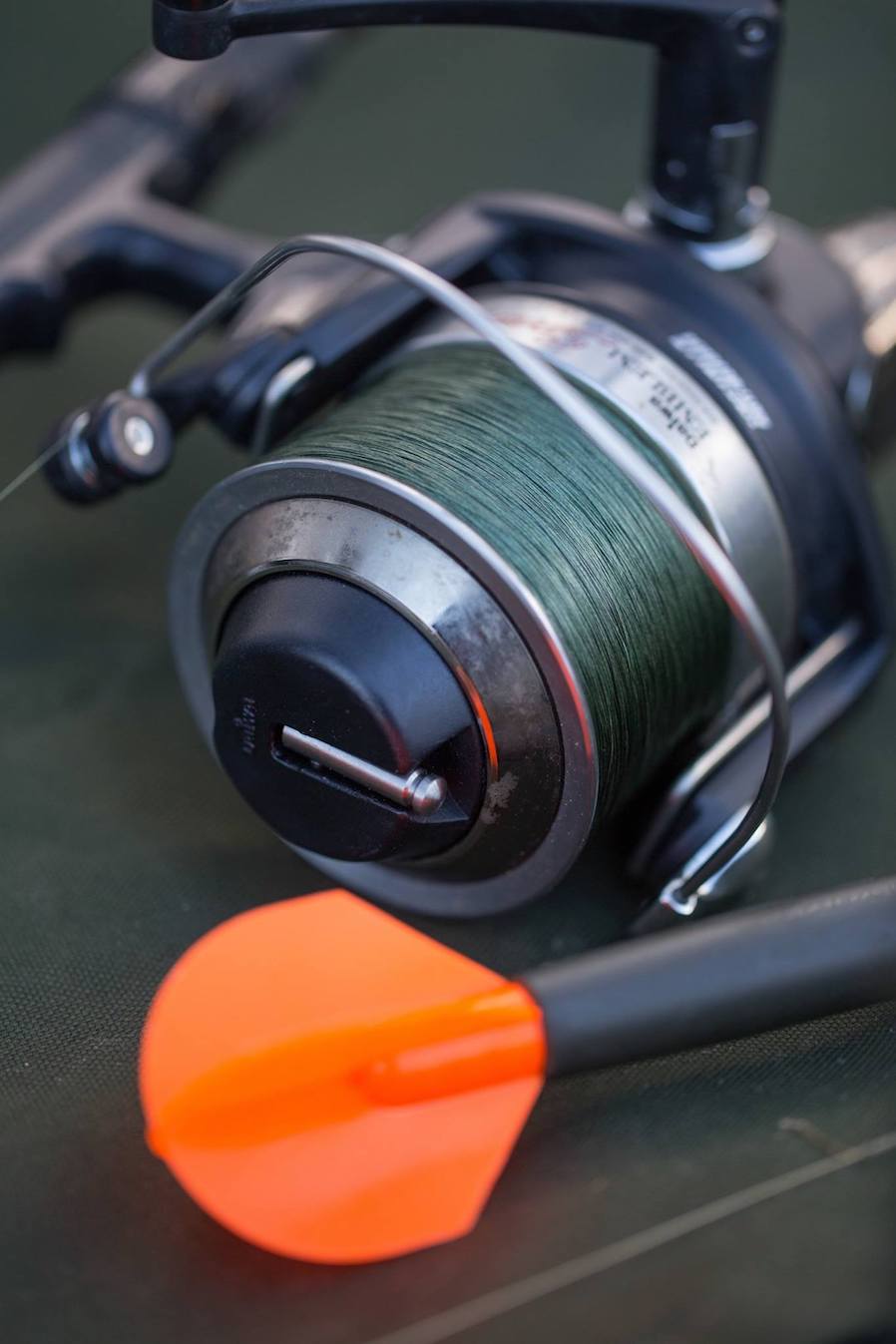Monday Top 5 - Plumbing Your Swim

Feeling Good
The term “feeling the lead down” is used a lot! It basically means trapping your lead just before it hits the water with your rod tip high and then, on a tight line, feeling the lead hit the bottom whilst lowering the rod tip. If you are met with a satisfying “crack” you know the lake bed is hard gravel. If you feel nothing, then more than likely you have landed in an area of thick weed. If you land and feel a muffled thud it could mean soft silt or lighter silk weed. From there you can either look for another spot or change your rig to suit the bottom you have felt. Another tip is that the time it takes for the lead to hit the bottom whilst you are feeling it down can give you an indication of how deep the spot is without having to pop up a marker float.

Pull Back
Once you have felt the lead down, put the rod to one side and pull back. If your tip locks up and you can’t move the lead, it’s found a dense weed bed. If you get a smooth glide back then your lead is often moving over silt. If you feel your rod tip juddering then it’s often tapping over gravel. When you find the bottom you want, simply undo the clutch and pay out a foot of line at a time, counting the depth of the area. If you are happy then wind down until the float reaches the bottom near your lead again and use your line clip to mark the spot allowing you to cast back there accurately time after time.
Leads Away
Choosing the right lead for your marker/plumbing setup is important. I often start with a bare uncoated marker lead. When I have identified a likely area (a hard, clear spot usually) I then change to a gripper or grappled lead which, when dragged over the spot, will tell me just how clean this spot is. A gripper/grappler lead can also pick up things such as bloodworm which are living in the lake bed, which can be indicators of a natural feeding area. There are many times a conventional marker lead has told me the spot is hard and clean and the gripper lead has come back with silk weed on. Finally, if the gripper lead comes back clean, I will attach a marker float just to get an exact reading of the depth of my chosen spot.

Braid
You must use a fine diameter braid with a shock leader. Braid has no stretch so your “feel” is much greater. This helps you get a real feel and picture of your swim, whereas with monoyou won’t feel half as much. There are so many designated marker braided lines on the market now; we are very fortunate. I would use a 20lb thin braided mainline and then a 50lb shock leader to ensure you don’t crack off when casting.

Strength is Key
This is a really important tip. You need to make sure you are using a strong rod capable of casting further then your fishing rods, as if you can’t cast as far then you can’t know what the bottom is like where you’re fishing. Use a designated spod and marker rod, and get used to being able to plumb your swim at ranges past where you would fish. There’s often areas at further ranges that can give you another option to go to when you are fishing shorter.
Whether you are chasing carp, bream, tench or anything else, being able to accurately and effectively plumb your swim is vital, especially as a lot of our waters are weedy, and we are competing against other anglers; we all want to be fishing on the spots that give us the best chance of success.
